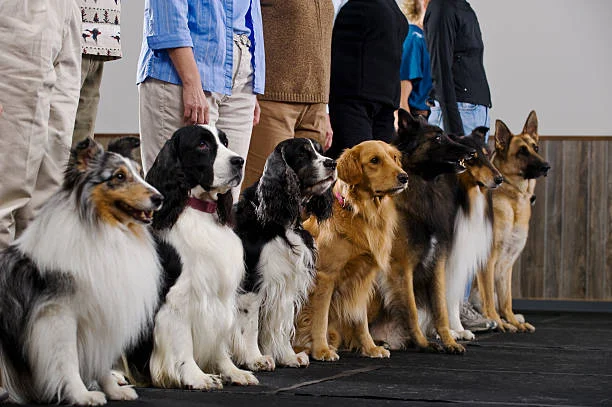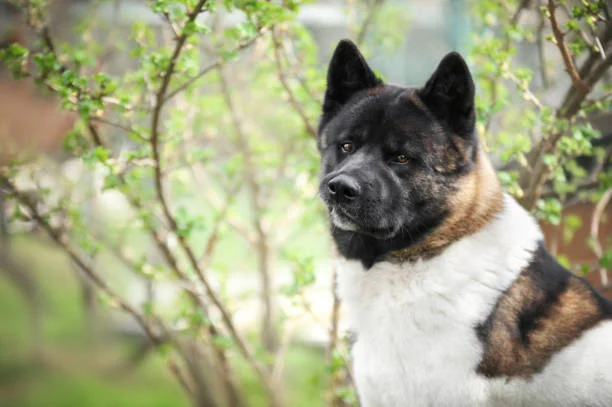The Animal Welfare (Licensing of Activities Involving Animals) (England) Regulations 2018 outline the legal requirements for dog breeding. Updated statutory guidance for local authorities was issued on 1 June 2024, refining licensing rules, inspection requirements, and minimum care standards.
Authorities must ensure breeders comply with the Dog breeding regulations, protecting animal welfare and maintaining industry integrity. You can read about the cost of dog breeding licence.

Determining If a Licence Is Needed
A dog breeder needs a licence if they meet one or both of these conditions:
- Breeding three or more litters within a 12-month period (unless proof is provided that no puppies were sold).
- Advertising a business of selling dogs, as per the business test.
Breeders earning above the HMRC trading income allowance require a licence. However, falling below this threshold does not automatically exempt them.
Licensing applies regardless of business registration status. Even private individuals can be classified as businesses based on their breeding activities.
How Local Authorities Determine Business Activity
Several factors indicate commercial dog breeding:
- High frequency of sales or advertisements
- Significant profit margins even with low sales volume
- Diverse range of breeds sold
- Multiple online advertisements
- Use of non-UK microchips or documentation
Every licensed business must maintain an up-to-date list of all premises where breeding activities occur.
Exemptions from Licensing
The following groups do not require a licence:
- Breeders who keep all puppies for themselves and provide documentation proving no sales took place.
- Registered charities re-homing rescue puppies, unless operating commercially.
- Breeders of assistance dogs, such as Guide Dogs for the Blind.
- Those keeping dogs under the Animal Health Act 1981 or Animals (Scientific Procedures) Act 1986.
Veterinary Inspections for Licensing
A veterinary inspection is required for all new licence applications.
- If accompanied by a local authority inspector, the vet is appointed under Regulation 4(5) of the licensing Dog breeding regulations.
- If conducting an independent inspection, the vet must also be appointed under Section 51 of the Animal Welfare Act 2006.
- The vet’s appointment must be in writing by an authorised local authority official.
Minimum and Higher Welfare Standards
Minimum standards must be met for a licence renewal. Minor welfare failings may result in a risk-based renewal assessment.
Higher standards result in a 4- or 5-star rating and allow for a longer 2-3 year licence, reducing fees.
To qualify for higher standards, businesses must meet all required and at least 50% of optional higher standards.
General Conditions (Part A – Schedule 2 of Regulations)

Licence Display and Records
- Licence must be displayed at the premises and on any business website.
- All records must be available for inspection and kept for at least three years.
Animal Numbers and Welfare Monitoring
- The licence must state the maximum number of breeding dogs allowed at the premises.
- This includes breeding bitches, stud dogs, and litters.
- Exceeding the licensed number of dogs is a breach of the licence.
- Authorities must assess whether staffing levels are adequate to ensure animal welfare.
Specific Dog Breeding Regulations (Part B – Schedule 6 of Regulations)
Staffing Requirements
- One staff member per 20 dogs is required at minimum.
- To meet higher standards, one staff member per 10 dogs is recommended.
- Staff must be trained in animal welfare, handling, feeding, hygiene, and disease control.
- Businesses must have a written training policy reviewed annually.
Housing and Environment Standards
- Premises must be safe, clean, and well-maintained.
- Outdoor fencing must be strong, secure, and prevent escape.
- Floors must be non-slip and all surfaces waterproof.
- Kennels must have at least 2 physical barriers to prevent escape.
Temperature, Light, and Noise Control
- Sleeping areas must be between 10°C and 26°C.
- Puppies require local heating for at least 10 days post-birth.
- Ventilation should prevent humidity build-up while avoiding drafts.
- Dogs must not be exposed to excessive noise levels.
Hygiene, Cleaning, and Disease Control
- Kennels must be cleaned daily and disinfected weekly.
- Faeces must be removed at least twice a day.
- A pest control programme must be in place if required.
- Cleaning procedures must follow documented hygiene protocols.
Transport Regulations for Breeding Businesses
- Dogs must be transported safely and humanely with adequate rest breaks.
- Vehicles must be sanitised after each transport.
- Dogs must never be left unattended in vehicles under unsafe conditions.
- Suitable crates, harnesses, or dog guards must be used.
Conclusion
The updated Dog Breeding Regulations (2024) aim to strengthen animal welfare while ensuring responsible breeding practices.
Local authorities must enforce these statutory licensing conditions to prevent unlicensed breeding and safeguard dogs’ health and welfare.
For full guidance, refer to the official Animal Welfare (Licensing of Activities Involving Animals) (England) Regulations 2018.

